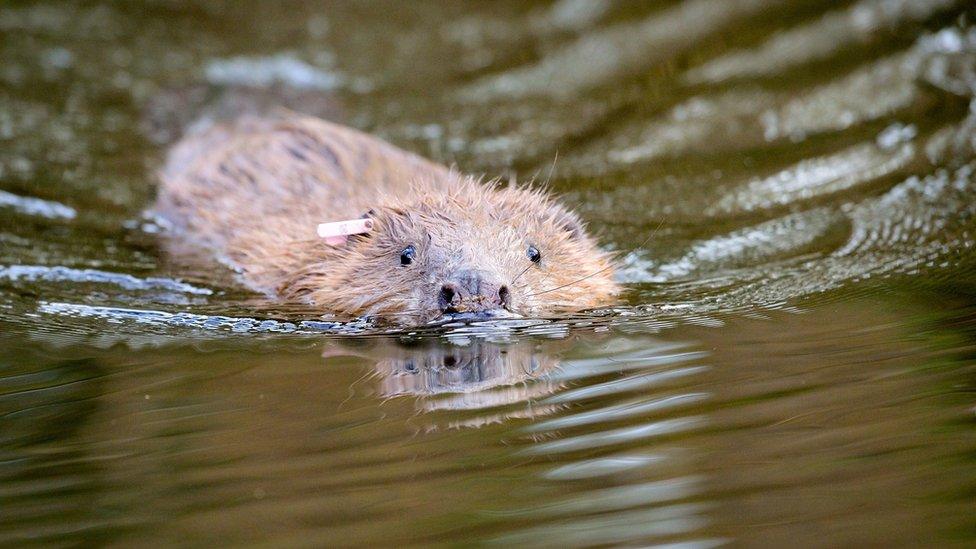Somerset Baby beavers born in conservation success story
- Published

Three baby beavers were born at two different sites on the Holnicote Estate near Minehead
Three baby beavers have been born as part of a conservation success story, the National Trust has said.
The babies, known as kits, were born at two different sites on the charity's Holnicote Estate in Somerset.
The public are being invited to help name the new arrivals on the trust's social media channels.
Beavers were reintroduced to the site in 2020, something project manager Ben Eardley said has resulted in a "dramatic change in water levels".
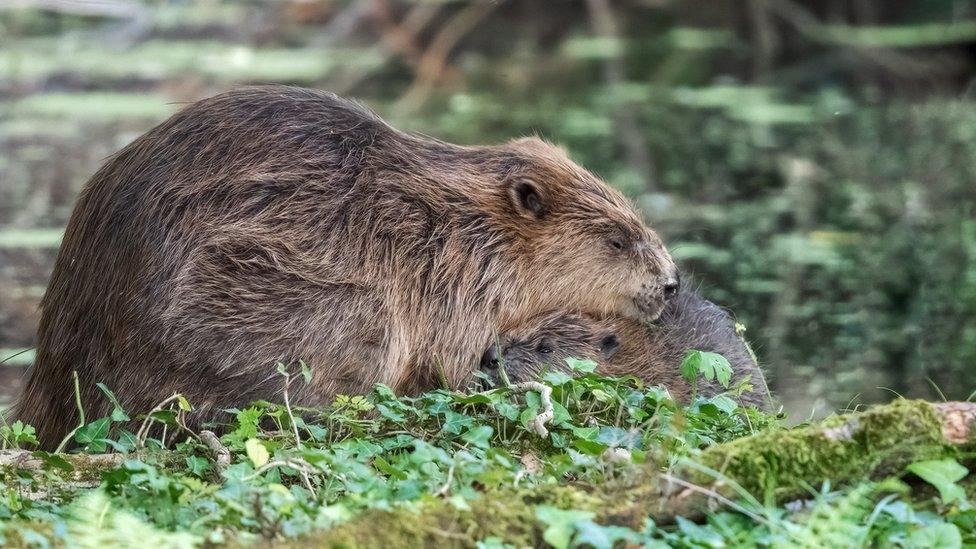
Beavers were reintroduced to the site in 2020, the first time they had been there in 400 years
One kit has become the sixth member of the family living at the National Trust's 'Paddocks' enclosure at Holnicote.
The trust said two-year-old Rashford, the first beaver to be born on Exmoor for 400 years, had welcomed the new sibling.
They said he had already been spotted teaching his younger siblings, including twins Russo and Toone who were born at the Paddocks last summer, on how to improve the landscape through "building dams and creating new pools."
Ranger Jack Siviter, who works on the beaver project, said they see the "tight family team" grooming each other, playing and "working together to improve the site."
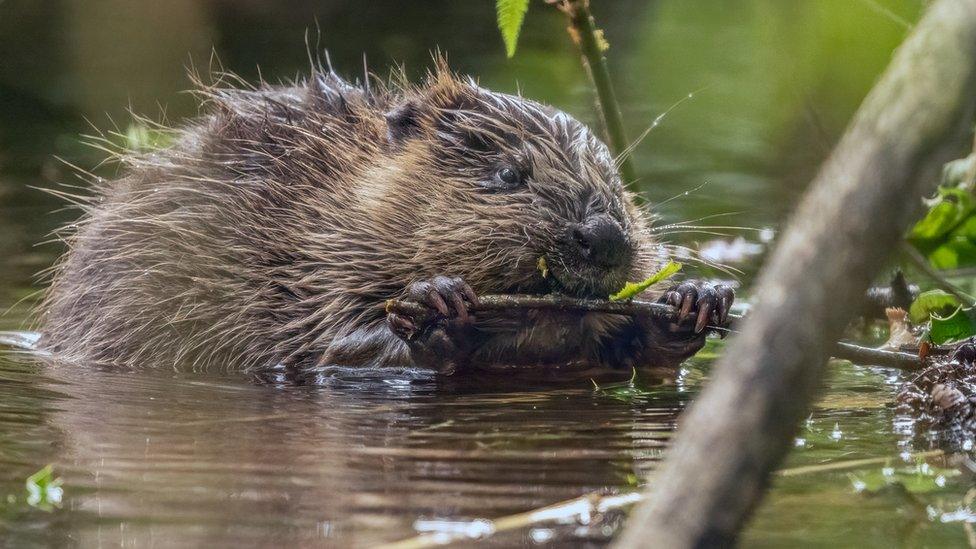
Ben Eardley said beavers can play an "important role" helping to combat climate change
The other pair of kits were born to first time parents Lily and Bulrush, a few miles away at Whiteman's Moor.
Here, the twins have been caught on camera playing and even hitching a ride on their parent's backs as they work.
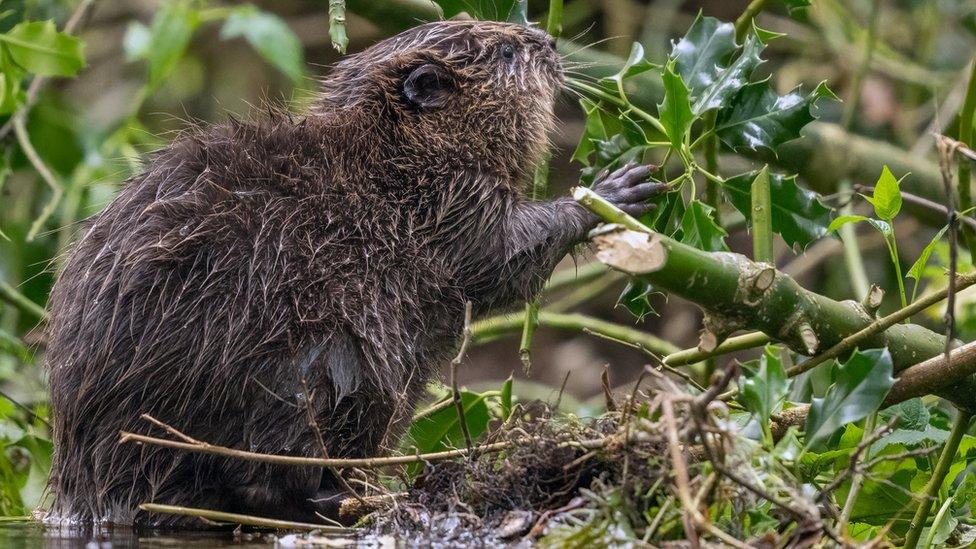
The public are being invited to help name the three new arrivals
Mr Eardley said beavers can play a key role in helping combat climate change because the dams they build "help restore dry and degraded wetlands" while also helping slow the flow of water through an area.
"These improvements they've made to the habitat are what have allowed wildlife to flourish, including fish, water voles, frogs, toads and otters," he added.

Follow BBC West on Facebook, external, Twitter, external and Instagram, external. Send your story ideas to: bristol@bbc.co.uk , external
Related topics
- Published2 February 2023
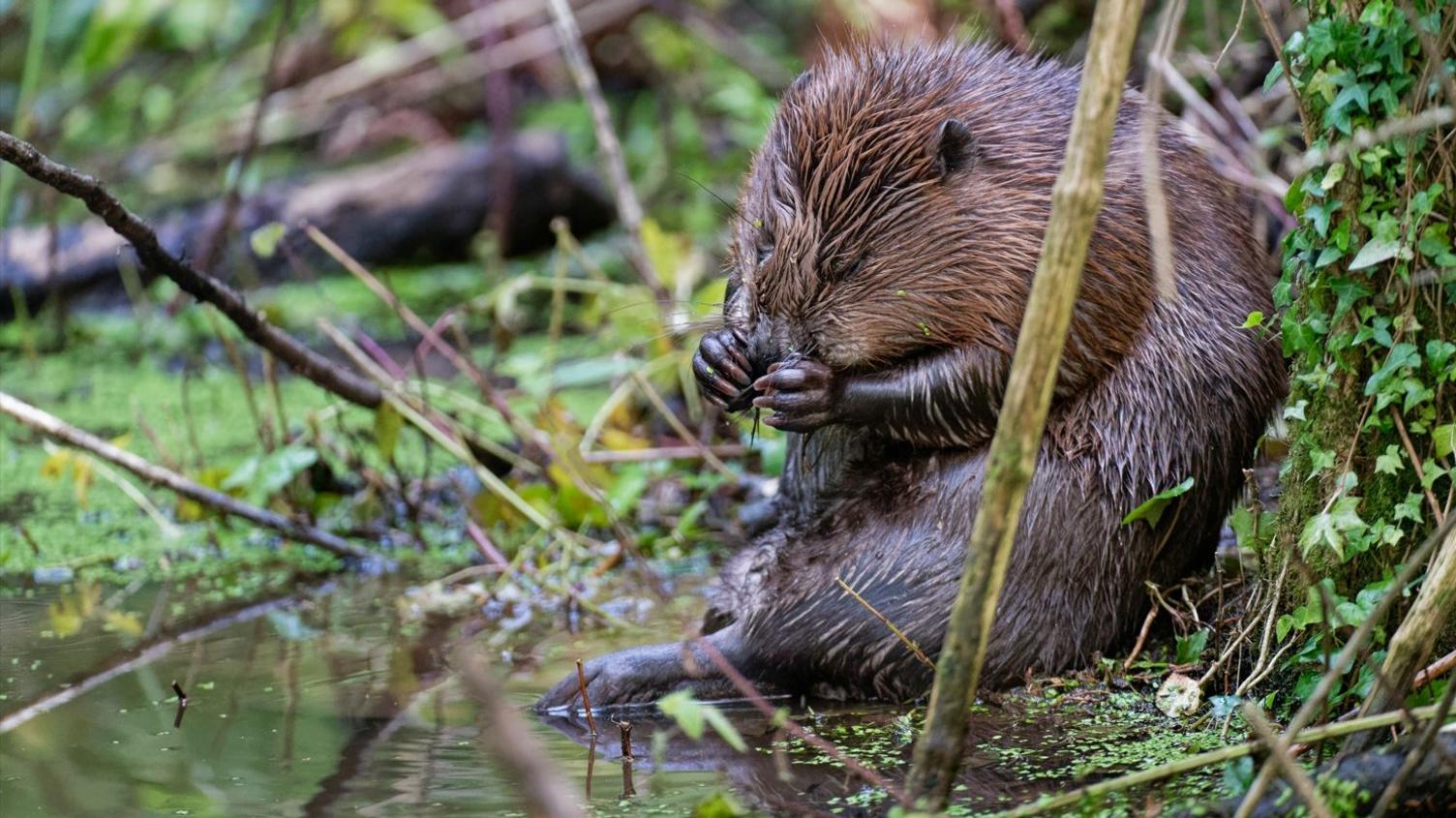
- Published13 July 2021
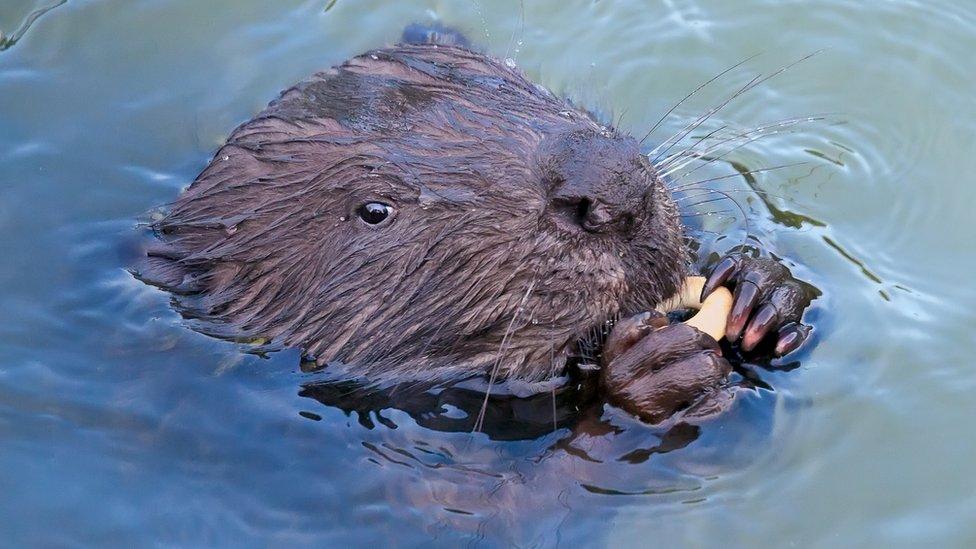
- Published23 April 2020
